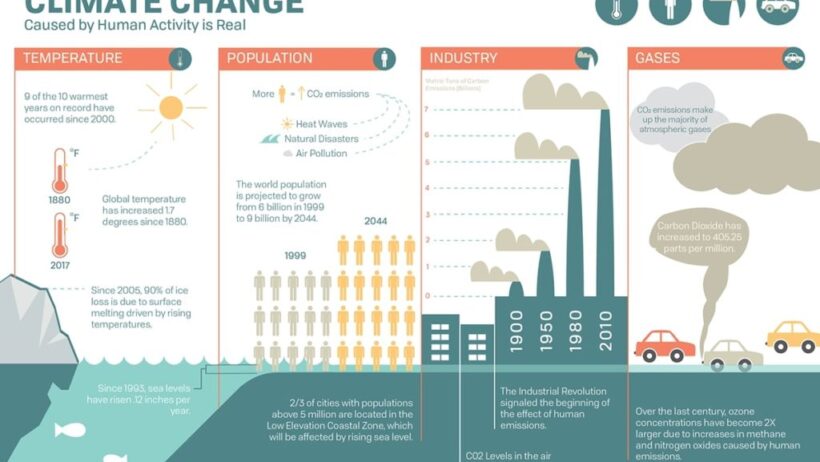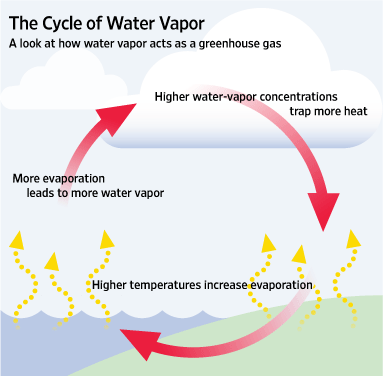Global warming represents one of the gravest challenges facing humanity today, with its implications reaching far beyond mere temperature increases. This phenomenon, driven primarily by greenhouse gas emissions, necessitates concerted action at both individual and collective levels. While the science might appear daunting, there are practical measures that individuals can implement to contribute to mitigating this pressing issue. Below are numerous strategies you can employ daily to help reduce global warming.
1. Energy Conservation in Your Home
Your residence is a focal point for potential climate action. Begin by conducting an energy audit—this will help identify areas where you can minimize energy consumption. Simple changes such as switching to energy-efficient LED bulbs, unplugging devices when not in use, and utilizing smart thermostats can significantly reduce energy usage. Additionally, consider insulating your home to maintain temperature and reduce heating and cooling demands.
2. Embrace Renewable Energy
Transitioning to renewable energy sources is critical in decreasing reliance on fossil fuels. If feasible, opt for renewable energy solutions such as solar panels for your home. Even if this option isn’t viable for everyone, check if your utility company offers green energy programs that allow you to choose energy sourced from renewables.
3. Transportation Adjustments
Transportation contributes a significant proportion of global emissions. To combat this, consider reducing car usage. Walking, biking, carpooling, or utilizing public transit can substantially lower your carbon footprint. For those needing to drive, consider using electric or hybrid vehicles that emit less pollution than traditional gasoline-powered cars.
4. Advocate for Sustainable Practices
Your voice bears weight. By advocating for sustainable practices within your community, you can influence policy and decision-making. Attend town hall meetings, engage with local leaders, and promote initiatives focused on sustainability. Your participation can inspire others and encourage systemic changes.
5. Mindful Consumption
Examine your consumption habits. Consider adopting a minimalist lifestyle to curtail excessive purchases that contribute to manufacturing emissions. Choose products with minimal packaging, and support local businesses that prioritize eco-friendly practices. By being a discerning consumer, you help cultivate demand for sustainable goods.
6. Dietary Revisions
Food production is a significant driver of greenhouse gas emissions. One of the most effective ways to reduce your personal contribution to global warming is by altering your diet. Incorporating more plant-based meals can significantly reduce your carbon footprint. Livestock farming generates a disproportionate amount of greenhouse gases; thus, minimizing meat and dairy consumption can be highly beneficial.
7. Waste Reduction and Recycling
Landfills are major sources of methane, a potent greenhouse gas. By adopting practices that reduce waste—such as composting organic matter, recycling plastics, and repurposing items—you can limit the amount of trash that ends up in landfills. Choose to buy second-hand items whenever possible. This not only reduces waste but also lowers the demand for new products.
8. Climate Education and Awareness
Educating yourself and others about climate change is paramount. Stay informed about environmental issues and share knowledge within your networks. The more individuals understand the importance of combating climate change, the greater the collective action toward solutions will be. Consider hosting a community workshop or discussion group focused on climate change issues and practical solutions.
9. Engage in Tree Planting Initiatives
Trees play a significant role in absorbing carbon dioxide from the atmosphere. Participate in local tree-planting initiatives or start your own. Encourage your community to partake in these efforts as well. Not only does this help combat climate change, but it also contributes to biodiversity and community beautification.
10. Support Climate Policies and Organizations
Support political candidates and organizations that prioritize climate action and advocate for policies aimed at reducing greenhouse gas emissions. Engage in campaigns that focus on renewable energy, conservation efforts, and legislation aimed at mitigating climate change. Your involvement can help shape policies that benefit the environment.
11. Stay Persistent and Resilient
While individual actions are crucial, collective action is imperative. Participating in larger movements and initiatives can amplify your impact. Stay engaged and resilient, even in the face of setbacks. Change takes time, but every little action contributes to a greater cause. The more individuals committed to change, the closer we are to creating a sustainable future.
12. Utilize Eco-Friendly Technologies
As technology continues to evolve, many eco-friendly innovations are at our disposal. Smart home technologies can help monitor and reduce energy consumption. Moreover, investing in energy-efficient appliances and gadgets often saves you money while conserving resources.
In conclusion, the battle against global warming is multifaceted and requires enduring commitment and action. By implementing these practical steps, not only do we contribute to mitigating the effects of climate change but we also pave the way for a more sustainable future. Remember, change begins at home and extends outwards to the larger community and beyond. Together, even the smallest actions can create ripples of positive impact in the fight against global warming.







